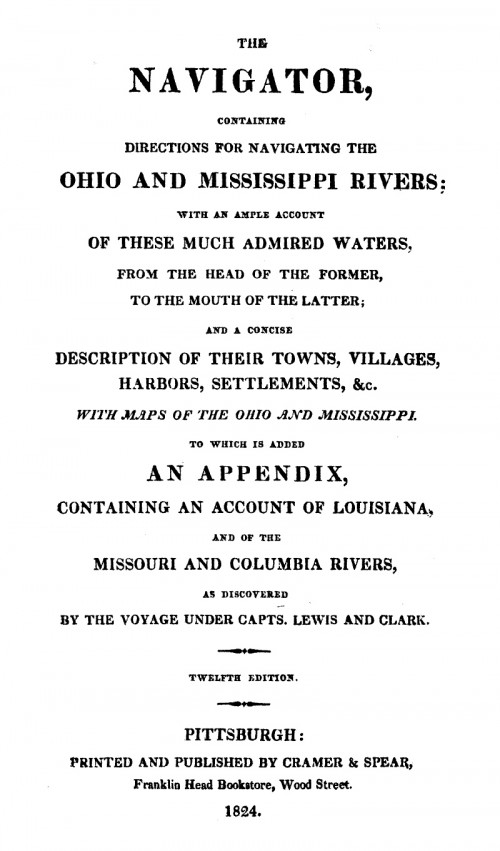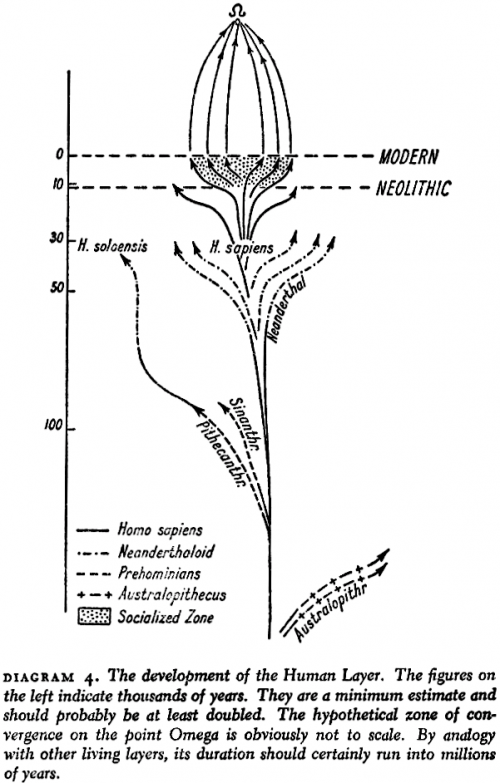Two articles came across my desk today that I think are strongly connected. The first is from Danah Boyd on Teaching, nursing and second-wave feminism:
Since the 1970s, the number of brilliant, motivated individuals working as teachers and nurses in particular declined rapidly. Many women left these professions because they had many more opportunities and many men refused to do “women’s work.” Don’t get me wrong - there are some amazing teachers and nurses out there, but sexist constraint meant that the most brilliant, most passionate women inevitably went to these professions while that is no longer the case.
The problem is what has happened since then. I certainly don’t want to go back to the dark ages where women had no choice. But while we’ve opened up doors for women, we haven’t addressed how sexism framed nursing and teaching in ways that are causing us tremendous headaches in society today. Teachers are underpaid and undervalued because we took women’s work for granted. When teaching stopped being women’s work, we didn’t rework our thinking about teaching. As a society, we still have little respect for teachers and nurses and we pay them abysmally. This is deeply rooted in the sexism of the past but the ripple effects today are costly.
The second is from Dan Pallota over at Harvard Business Blogs (more on that in a moment) titled The “Psychic Benefits” of Nonprofit Work Are Overrated:
People often tell me that those who work for nonprofits should work for less because of the psychic benefits of being able to make a difference, work with the poor, and so on…
Don’t fall for this Puritan self-sacrificial psychobabble. It’s not the poor who are asking you to work for less. It’s the donating public, including many a wealthy donor. They’re asking you to end poverty and every other great social problem and to do it for them at a discount. And they’re exploiting the images of the poor to get you to agree. The fact that someone makes a one-time sacrificial gift doesn’t mean you’re obligated to make a lifetime sacrificial career choice. If you do the math and the psychic benefit comes up lacking for you, then ask the people who want you to make the world a better place for another kind of benefit that begins with a “p.” Pay.
I definitely feel the first quote flows into the second, and hence the inflammatory title to this post. I think Pallota’s explanation is wrong (Puritanical self-sacrifice) and Boyd’s is correct (we undervalue the work of women).
I find it very telling that social work is reframed as Social Entreprenuership (thank you Harvard Business School), a rhetorical device that allows men to participate. Giving things away is women’s work; getting people to pay for it, now that’s a job for a man.

